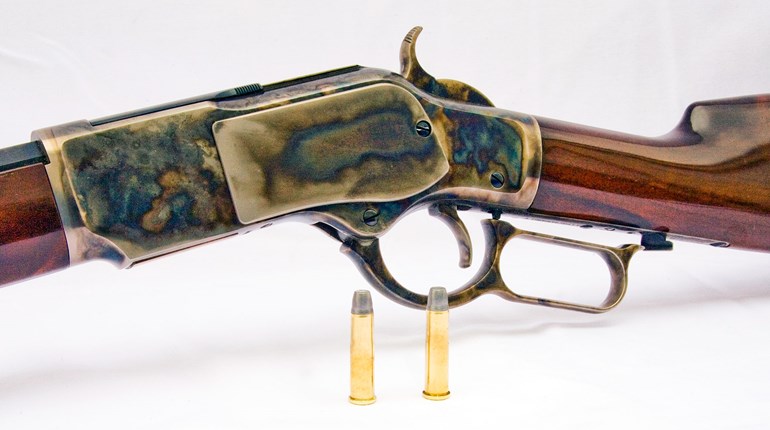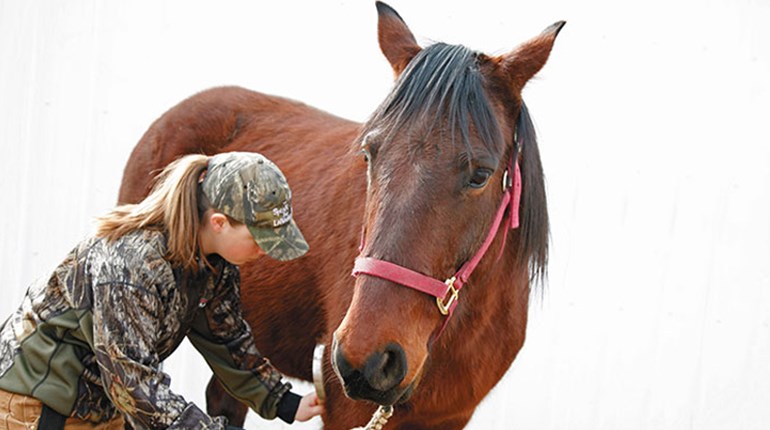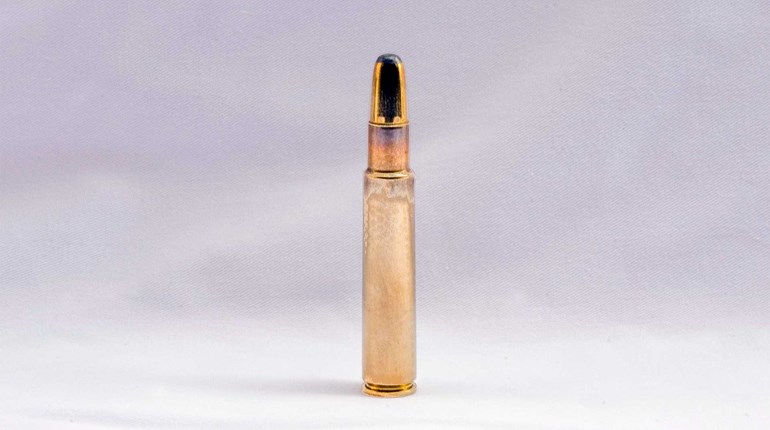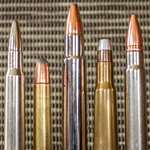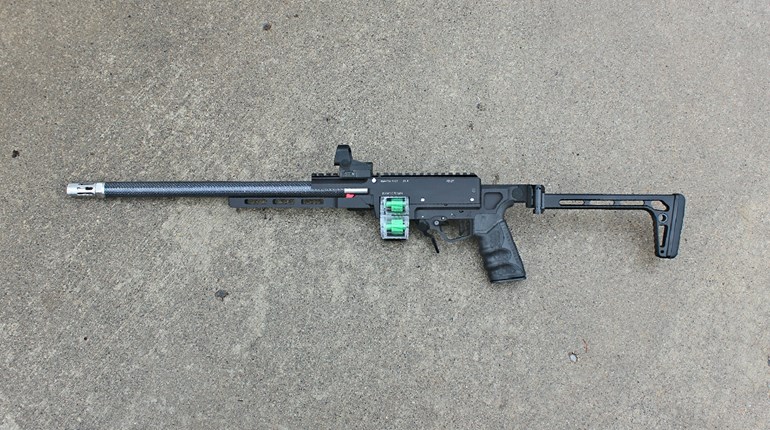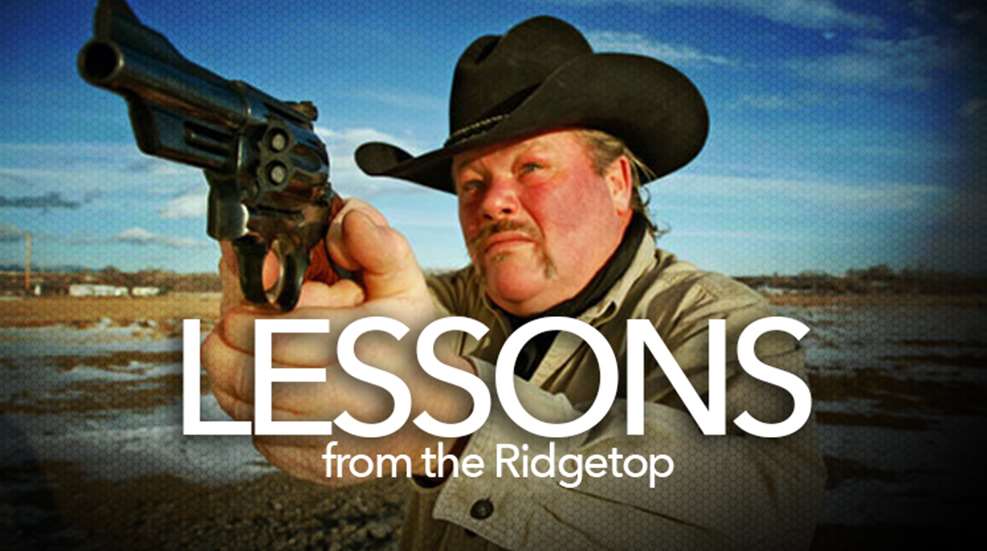
One of the hot topics and products now is lead-free bullets. I use them and like them for many applications. If you need a tough bullet for large, heavy game a Barnes TSX or MRX will take care of business handily. Perhaps you’d like your .223 varmint rifle to perform more like a .22-250; then Winchester’s lead-free, 37-grain hollow point at 3,700-plus fps will dispatch vermin spectacularly at distances that will surprise you.
However, political correctness and self-styled, neo-environmentalism aside, we have been tossing chunks of lead out of iron and steel tubes for a bit more than seven-and-one-half centuries. And for the vast majority of our shooting chores lead is a completely satisfactory projectile.
Unless you are training for ultra-long-range shooting with large, heavy bullets in the 3,000-plus fps range, cast bullets will serve very well for practice and general recreational shooting—and for a lot less money than their modern jacketed or lead-free brethren. Granted, there are some semi-auto pistols that are not recommended to be fed cast bullets—Glocks come to mind—and they probably should not be used in AR-type rifles, but I have put thousands of cast bullets through my 1911s. Even for day-to-day carry I use hard-cast semi-wadcutter bullets in my .44- and .45-caliber revolvers. I have shot several feral pigs with .44 Special and .44 Magnum revolvers, using both my cast SWCs and jacketed bullets. Some were stationary, but at least a half dozen have been on the fly, and I can see no measurable difference in terminal performance between the two, given similar bullet placement.
Back in the 1970s when I got heavily into pistol shooting, I started casting my practice bullets in an iron pot on a Coleman stove with a hand dipper. It was a time-consuming task to turn out 500 bullets—about what I was shooting each week at the time—but a whole lot cheaper than buying bullets. Out of necessity, I became a fairly successful scrounger of lead.
Eventually the grill on the Coleman sagged from all the heat, weight and general abuse it took from casting, and I drifted away from casting my own bullets. However, my renewed interest in cowboy action shooting precipitated a renaissance interest in bullet casting. During this past winter I assembled a new set of casting tools including a couple of electric, temperature-controlled furnaces with bottom-pour spouts. Using four-cavity moulds, I can crank out 500 bullets in less than a couple of hours.
Cast bullets will not take the place of modern jacketed bullets. But given today’s outrageous commodity prices, pouring your own is a good way to stretch your shooting dollar.












